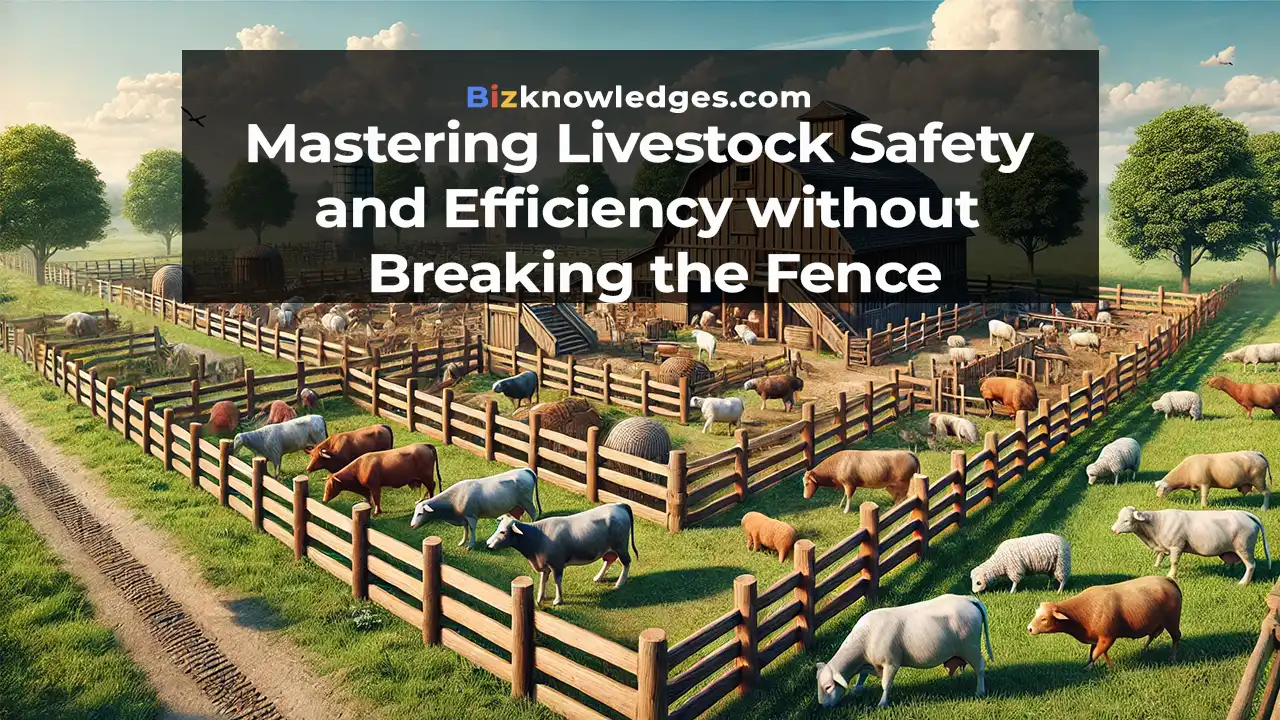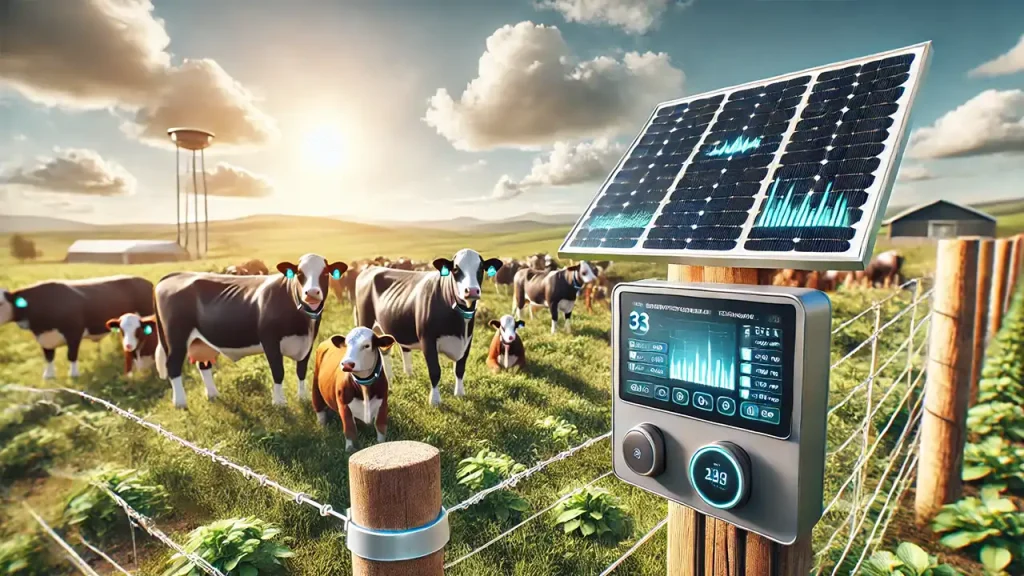Mastering livestock containment Safety and Efficiency without Breaking the Fence

Livestock management is more than just a routine task; it’s a craft that impacts the very heart of agriculture. For farmers and ranchers, ensuring the safety and efficiency of livestock containment systems can literally mean the difference between profit and loss. With the right strategies, you can create environments where animals thrive and operations run smoothly. In this blog post, we’ll explore some innovative approaches and practical tips that can help streamline your livestock containment, making it safer and more efficient. Whether you’re a seasoned farmer or new to the field, you’ll find valuable insights to enhance your system.
Understanding Livestock Containment Systems
The Basics of Containment
A livestock containment system is the backbone of any farming operation that deals with animals. It involves various elements like fencing, barns, and pastures, all working together to ensure animals remain safe and secure. The importance of a well-constructed containment system cannot be overstated, as it protects livestock from external threats and prevents them from wandering off.
Elements of a Good System
A robust containment system is composed of several critical components. These include durable fencing, which must be high enough to prevent jumping, strong enough to withstand pressure, and designed to prevent injury. Additionally, it requires well-maintained gates for easy access and management of animals. Properly designed shelters also play a significant role, providing protection from weather extremes.
Challenges in Livestock Containment
Despite the best intentions, livestock containment systems face numerous challenges. These include natural wear and tear, animal behavior that tests containment limits, and environmental conditions that might undermine structural integrity. Thus, regular inspections and maintenance are vital to sustaining an effective system.
The Role of Innovation in Livestock Management

Technological Advances
Advancements in technology have significantly changed how livestock containment is approached. From solar-powered electric fences to smart collars that track animal movements, technology is reshaping traditional practices. Such innovations not only enhance safety but also improve operational efficiency by reducing manual labor.
Integrating Smart Systems
Incorporating smart systems into your containment strategy can result in remarkable improvements. Automated feeding systems, for instance, ensure animals receive the right nutrition at the right times, reducing waste and optimizing growth. Monitoring systems can alert farmers to potential issues before they become significant problems.
Benefits of Modern Techniques
Modern techniques offer multiple benefits, including improved tracking of livestock health and behavior, enhanced security, and increased productivity. By integrating technology into everyday operations, farmers can ensure their livestock are thriving, which ultimately leads to better yields and profitability.
Ensuring Safety in Your Livestock Environment
Importance of Secure Fencing
Fencing forms the first line of defense against predators and accidents. A fence company in Richmond may provide custom solutions tailored to specific geographic and environmental needs. Choosing the right materials, such as welded wire or electric options, is crucial for ensuring longevity and effectiveness.
Regular Maintenance Practices
Regular inspection and maintenance of containment systems are essential for preventing failures. This includes checking for wear and tear, fixing broken parts promptly, and ensuring all areas remain secure. Such practices prevent escape incidents and reduce the risk of injury to both animals and humans.
Training and Supervision
Having trained personnel who understand animal behavior and containment protocols is another key component of safety. Regular training sessions can keep everyone updated on best practices, while supervision ensures that these practices are adhered to consistently.
Enhancing Efficiency in Livestock Operations
Streamlining Daily Operations
Efficiency in livestock operations is achieved through streamlined daily routines. This might involve optimizing feeding schedules, managing pasture rotation to ensure sustainable grazing, and using automation where possible to reduce manual tasks and increase productivity.
Resource Management
Efficient resource management involves using available resources to their maximum potential while minimizing waste. Water management systems, for example, can ensure that precious resources are used sustainably. Similarly, nutrient management in pastures can improve soil health and enhance the quality of forage.
Maximizing Productivity
Productivity hinges on maintaining healthy livestock and efficient systems. Regular health checks, combined with access to high-quality feed and water, ensure that livestock perform at their best. Efficient breeding programs can also contribute to improved productivity, leading to healthier, more profitable livestock.
Conclusion
Ensuring safety and efficiency in livestock containment systems requires a blend of traditional wisdom and modern innovation. By understanding the fundamentals, leveraging technology, and maintaining robust operational practices, you can create an environment where your livestock thrive, and your operations run smoothly. With these strategies, you’ll not only protect your valuable animals but also enhance your farming business’s overall efficiency and profitability. For those seeking specialized solutions, consulting with experts, such as a fence company in Richmond, can provide tailored advice to meet specific needs. Start today, and take steps toward a safer, more efficient future for your livestock operations.
